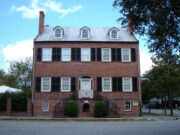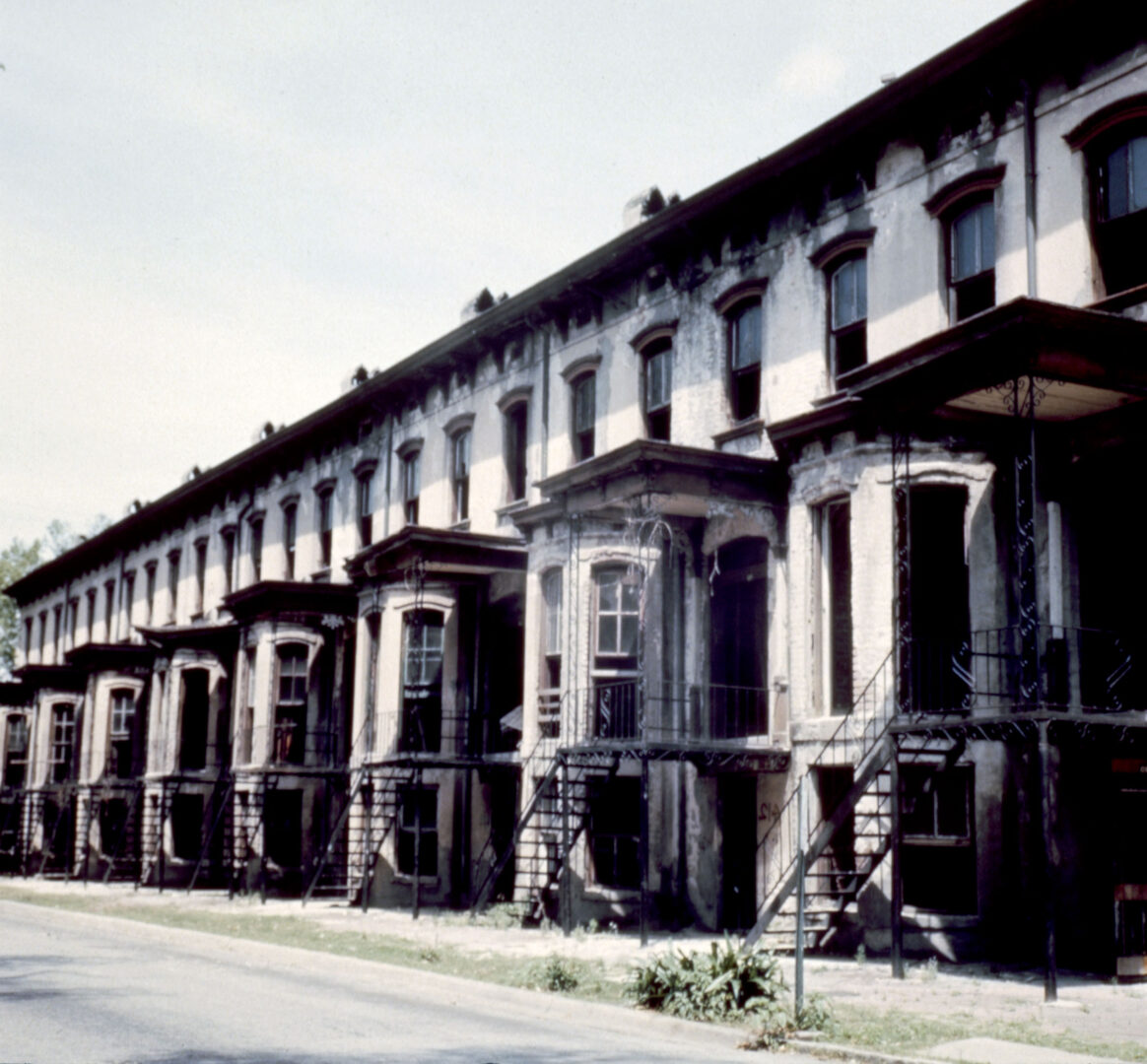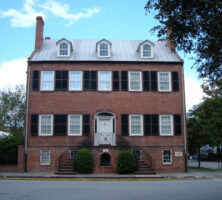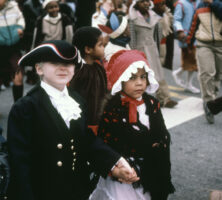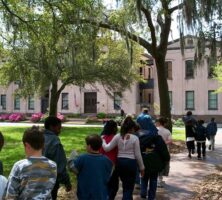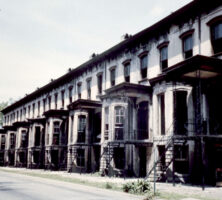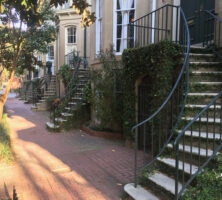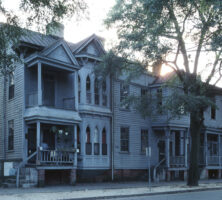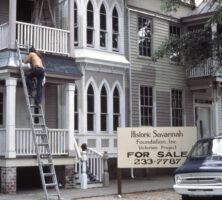Historic Savannah Foundation is a local, private, nonprofit, preservation organization chartered in 1955 to preserve buildings, squares, and neighborhoods in the city of Savannah, Georgia’s colonial capital. The organization is managed by a professional staff under the direction of a board of trustees. It is financed by dues from a broad membership base, private donations, grants, and income from such projects as special events and publications. The foundation is credited with directly saving more than 350 buildings in Savannah’s historic neighborhoods in its first half-century. It also sponsors a yearly awards program for noteworthy local preservation projects.
Background
Savannah has nearly a dozen historic districts. The National Historic Landmark District, which consists of the original planned city founded by James Oglethorpe in 1733, features a unique design of streets and twenty-two squares framed by eighteenth-, nineteenth-, and twentieth-century buildings. In the 1930s and 1940s many distinguished buildings in this district were demolished to create parking lots, and squares were bisected by streets and fire lanes in order to speed traffic flow. The demolition of the 1870 Italianate City Market and attempted demolition of the 1821 Federal-style Davenport House galvanized seven concerned women to organize the Historic Savannah Foundation in 1955. No local zoning laws existed to protect historic structures, thus the foundation developed a comprehensive strategy to promote preservation through private-sector involvement. The Davenport House, the organization’s first headquarters, now holds a house museum and gift shop.
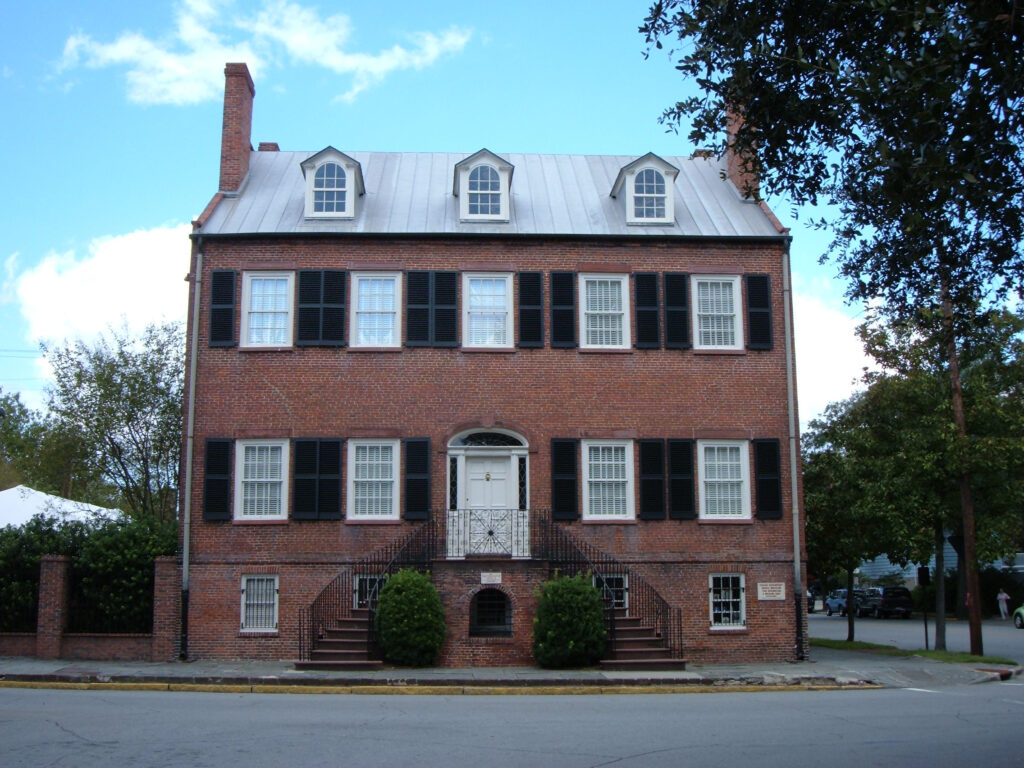
Courtesy of Historic Savannah Foundation
Preservation Strategies
Architectural Inventory
A comprehensive architectural inventory of buildings within the Landmark District was completed in 1962. More than 1,100 structures were mapped and professionally evaluated for their architectural significance. Using the inventory as a guide, selected buildings were purchased in areas where the concentration was large enough to provide a significant impact. The foundation does not restore buildings but transfers buildings to owners who are willing to restore according to the covenants attached to the deed.
Revolving Fund
A bank consortium was formed to make loans to the foundation for property purchases. This revolving fund was replenished by fund-raising efforts, membership dues, and reinvestment of proceeds from property sales. The foundation stretched its limited funds by selective purchasing and the use of options. In the mid-1960s, using only $38,000 of seed money from its revolving fund for option purchase, the foundation created $1 million in reinvestment in the thirteen-acre Pulaski Square–West Jones Street project area. The project received national attention. The revolving fund continues to be the foundation’s primary preservation program.
Education and Public-Sector Involvement
Recognizing that Savannah had potential as a convention and tourist destination, the Historic Savannah Foundation successfully promoted the establishment of a convention and visitors bureau within the Chamber of Commerce. A speakers bureau was created within the foundation to tout the economic benefits of tourism. The foundation also has emphasized heritage education through its work with the Massie Heritage Center and the Savannah-Chatham County School System. This partnership initiated the Georgia Heritage Celebration, centered on “Georgia Day,” February 12. During this event thousands of schoolchildren learn about the significance of the city’s cultural heritage through costumed colonial characters, town meetings, and parades. The Georgia Heritage Celebration continues as an annual event, coordinated since 1997 by the Georgia Historical Society.
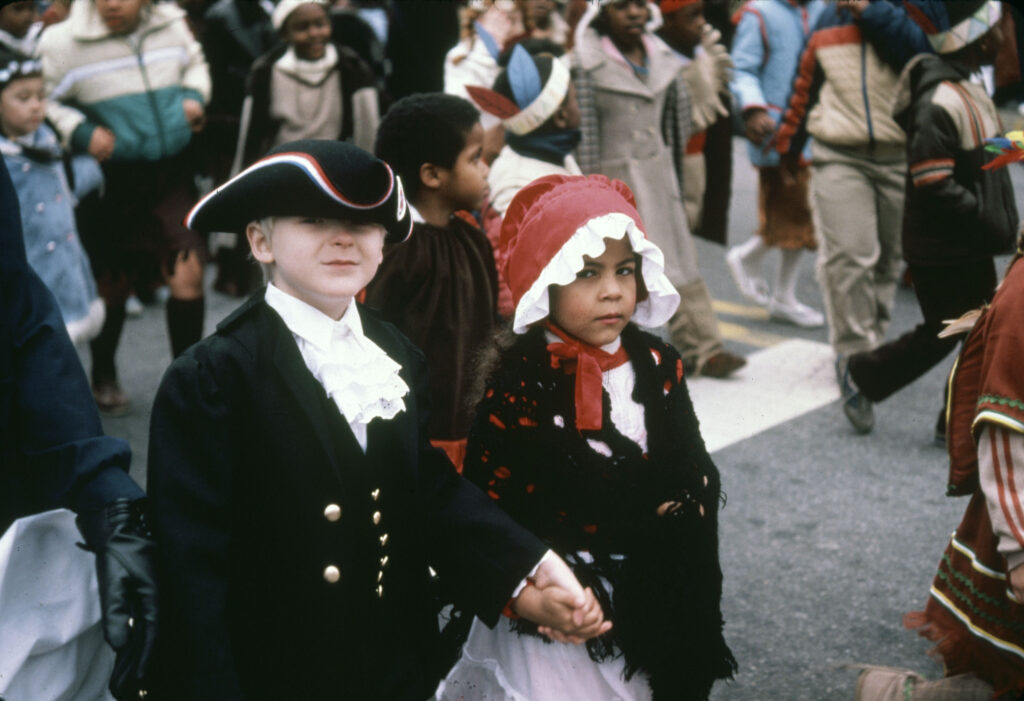
Courtesy of Historic Savannah Foundation
In 1966 the area containing Oglethorpe’s original city plan was designated a National Historic Landmark District. In 1968 the city of Savannah and the foundation succeeded in convincing the state legislature to pass an amendment to the Georgia constitution authorizing historic zoning in Savannah. The Historic Review Board was established in 1973, ushering in a new era of regulated development within the historic district.
Expanded Influence
In 1979 the foundation created the Victorian Historic District after receiving a community development block grant from the city of Savannah. Additional neighborhoods, including Ardsley Park/Chatham Crescent, were soon designated as National Register Historic Districts through the research efforts of the foundation. The emphasis on raising awareness of the benefits of historic preservation in twentieth-century neighborhoods has continued with the formation of a neighborhood council, and in 2001 the foundation’s revolving fund purchased and resold several buildings in the Thomas Square Historic District.
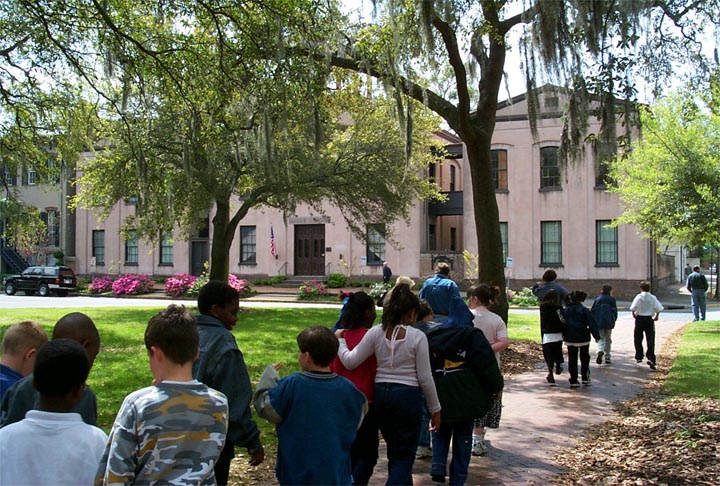
Courtesy of Massie Heritage Center
At the same time that the foundation was expanding its revolving fund to the Victorian District, a decision was made to restore the Regency-style Scarbrough House, which was designed by the English architect William Jay in 1818. The structure, located on Martin Luther King Jr. Boulevard, became the foundation’s headquarters in 1976 (since supplanted by another historic home at 321 East York Street) and drew attention to the western portion of the historic district. It now holds the Ships of the Sea Museum. Upon completion of the Scarbrough House restoration, the foundation shifted its attention to Broughton Street, the downtown commercial corridor. Subsequently, the city formed a development authority that makes facade renovation loans along the Martin Luther King Jr. Boulevard and Broughton Street corridors.
In 1998 the National Trust for Historic Preservation held its annual conference in Savannah to showcase the preservation accomplishments of the thirty years since its previous meeting in Savannah in 1968. New initiatives in the twenty-first century have focused on streetscapes and other urban livability issues.


